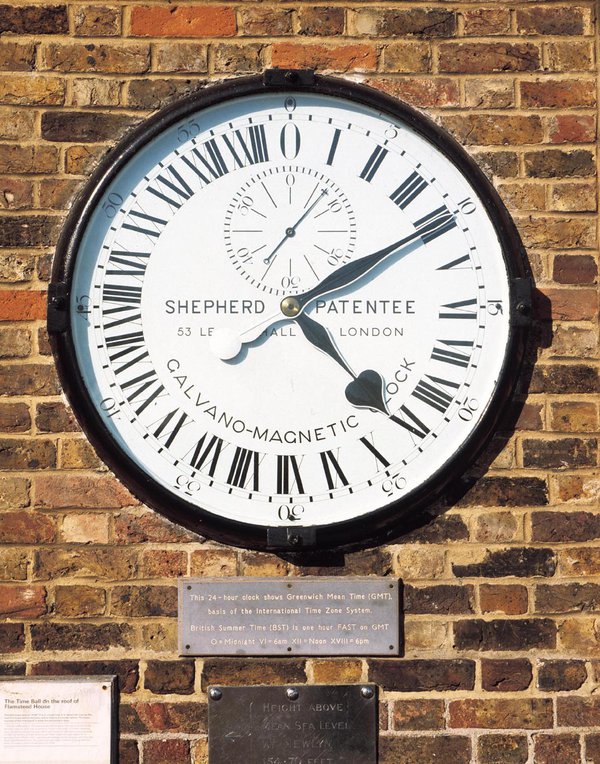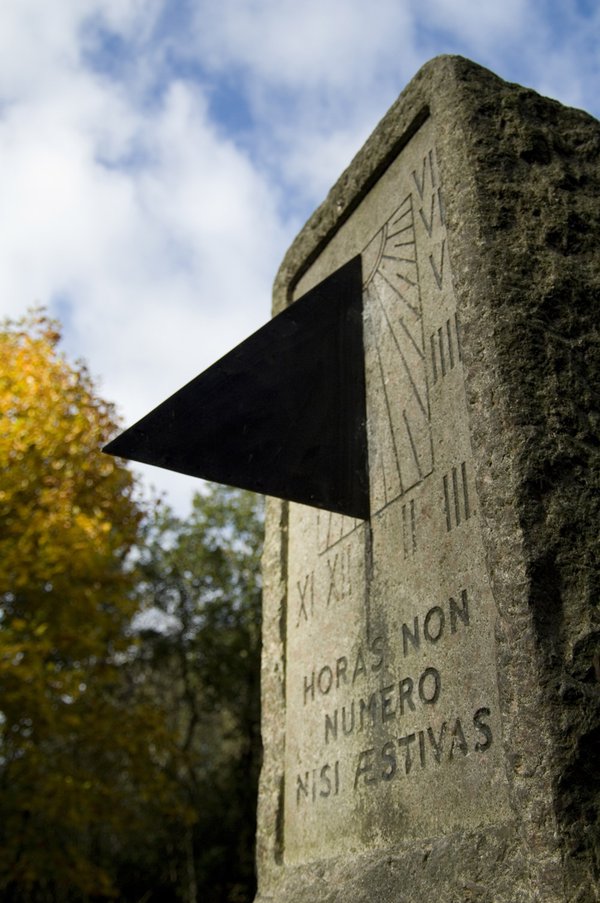Falling back
This post was written by Rory McEvoy
It’s that time of year again when our faithful timekeepers quiver, for fear that we will ignore the advice of the clockmaker and attempt to turn the hands backwards, as we return to daily life punctuated by GMT (or UTC if you prefer) on Sunday.

I think it is fair to say that the majority of us are more sympathetic towards the autumnal adjustment, as we can luxuriate in the hour that was ‘banked’ in the spring, so perhaps now is the ideal time to bring this discussion to the AHS blog.
Today, internet searchers will find that the energetic equestrian builder from Petts Wood, William Willett has been eclipsed as the architect of Daylight Saving Time (DST) by George Vernon Hudson, the English born New Zealand entomologist, who first proposed his scheme to the Wellington Philosophical Society in 1895.
In England, thanks to Willett’s monumental efforts, the Daylight Saving Bill was presented before parliament in 1908 and it offered that ‘for a period of 154 days, an increase of sixty minutes more sunshine in the evening of each day’.
The then President of the Board of Trade, Winston Churchill astutely noted in the margins of his copy that this was an ‘optimistic view of our climate!’
Despite Churchill’s support the Bill did not pass and it was eight years before Daylight Saving was introduced as a wartime economy pre-empted by its earlier implementation in Germany.

This Sunday, as you pause the pendulum on your antique clock, will you follow Winston Churchill’s lead and ‘raise a silent toast to William Willett’ and perhaps reflect on the 154 hours of extra ‘sunshine’ that you enjoyed this year?